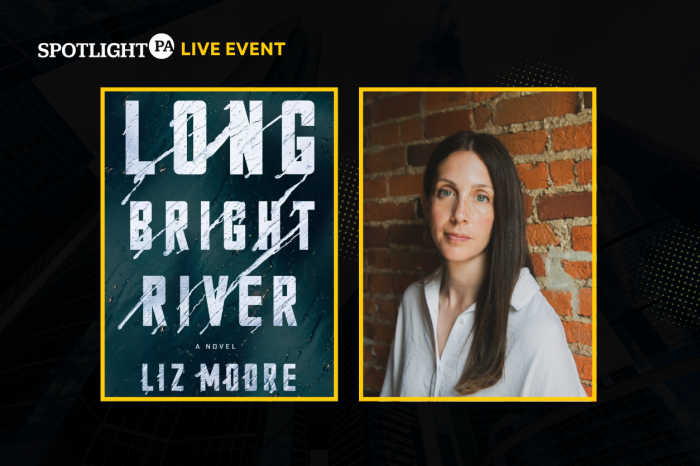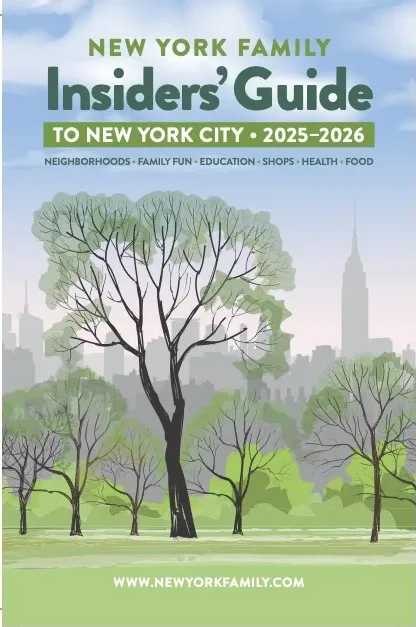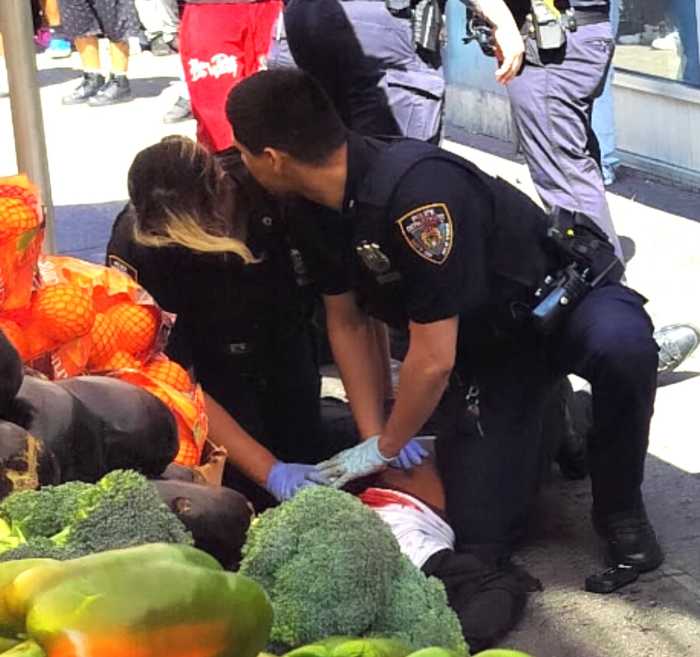Danny Simmons used to hang out in the clubs on DeKalb Avenue back in the 1980s, before he moved to the neighborhood in 1992.
“It was tough, it was gritty” back then, he said, but it “wasn’t a dangerous neighborhood as other were during the same period.” It was a working class black neighborhood of brownstones that also had a thriving artists community, based around the Pratt Institute, woven into it. That scene attracted Simmons, and he opened the Corridor Gallery on Grand Street in 1993.
Since then, “the most significant change I’ve seen is the amount of artists in the neighborhood.” Following the pattern of gentrification that has changed so many other artsy Brooklyn neighborhoods, Fort Greene’s artists, who made the neighborhood cool, were followed by young professionals who brought in higher rents.
“As the neighborhood got more services and got more appealing, it got more upper middle class people,” Simmons said. If you didn’t own your own space, “you got forced out.”
Back before gentrification, artists were able to find studio space in former manufacturing buildings practically abandoned as industry left Brooklyn. Many of those spaces are now loft apartments and condos.
Even so, Fort Greene hasn’t followed “that classic simplistic gentrification,” said Ursula Hegewisch, a local business owner, community activist and resident since 2001. “It’s not just upper middle class white people moving into the neighborhood. It’s all people. It’s not a homogenous neighborhood in any way.”
Back when he moved in, Simmons recalls that there were maybe five or six restaurants that had been serving the neighborhood for a long time. Now, the area is full of them. DeKalb Avenue and Myrtle (once known as “Murder”) Avenue have become virtual restaurant rows, he said, and the area around the Brooklyn Academy of Music has filled in with bars, eateries and other nightspots.
Along with food, the neighborhood is interested in preserving its history, whether it’s Fort Greene’s connection to Walt Whitman (who helped create Fort Greene Park) or to the Underground Railroad and abolition or to African-American artists who have lived there.
“People really do care about what’s going on in the neighborhood,” Hegewisch said. “In a good way, not in a busybody way.”
— Michael P. Ventura
























